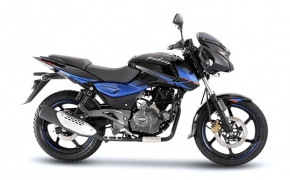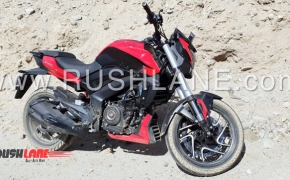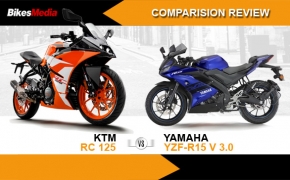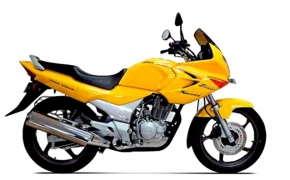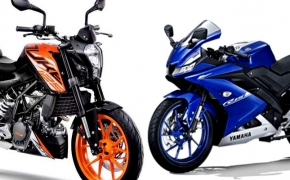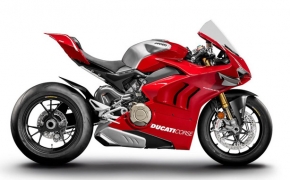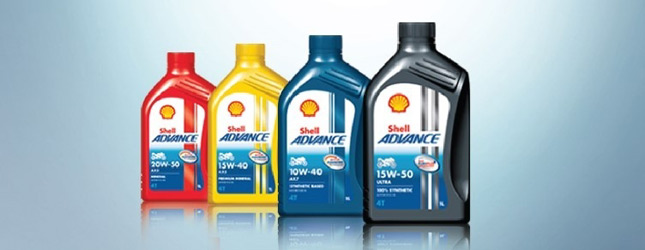 Go out in the market right now and you might start to have a headache on seeing the number of oils out there in the market all vying for the spot in your motorbike. Each and every one claims to be the best for your bike, but is that the truth? If you do not believe much in the advertising tactics and don’t fall for it, we are sure to help you select out the perfect engine oil for your bellowed motorcycle. It is all about keeping the basics right and checking out the tech specs and not all the advertising jargon.
Go out in the market right now and you might start to have a headache on seeing the number of oils out there in the market all vying for the spot in your motorbike. Each and every one claims to be the best for your bike, but is that the truth? If you do not believe much in the advertising tactics and don’t fall for it, we are sure to help you select out the perfect engine oil for your bellowed motorcycle. It is all about keeping the basics right and checking out the tech specs and not all the advertising jargon.Engine oils are classified into three basic types:
1. Material
2. Grade
3. Compliant Standards.
2. Grade
3. Compliant Standards.
We have previously covered the topic of Engine Oil Grades. You can check it out right here.
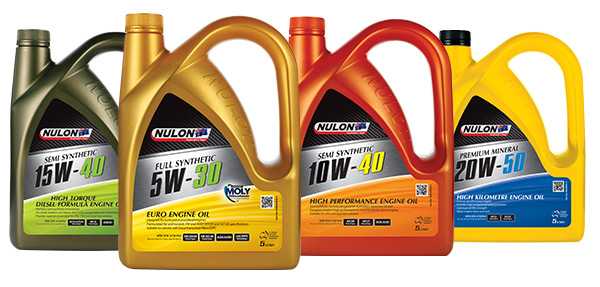 Coming to the materials, there are a total of 3 types of engine oils as follows:
Coming to the materials, there are a total of 3 types of engine oils as follows:1. Mineral Oils (MO):
Before the technology of making engine oils developed, oils would be made out of nothing much petroleum products or by-products. And even today there are engine oils made out of petroleum products which are classified into Mineral Oils. These oils are actually the best types to be used in smaller capacity engines which do not put a lot of pressure on the oils. Mineral oils are also recommended the most when you buy a new bike and it is still being run-in, this is because mineral oils help protect the engine better. Though they do not last for a long number of kilometers, but it does its job well and also costs quite low. Hence is does not bite into your pocket as well for those frequent changes.
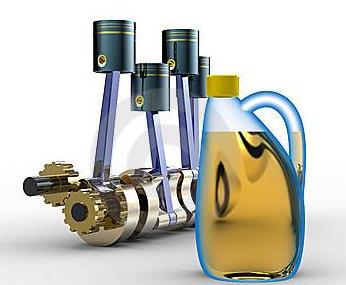 2. Semi-Synthetic Oils (SS):
2. Semi-Synthetic Oils (SS):Semi-Synthetic oils are made to provide that fine balance between the protection of the Mineral Oils and the performance of the Synthetic Oils. These oils are mixed together chemically to provide a proper equilibrium so as to not cause any niggles in the operations. These oils are mostly preferred for low capacity engines which are a good amount of power but do not work under a lot of stress. So you can see a lot of middle-weight bikes in the 125-180cc bikes running on Semi-Synthetic Oils. It is generally recommended to change to Semi-Synthetics after or during the final stages of the engine run-in of the bike.
3. Fully Synthetic Oils (FS):
Fully Synthetic Oils are pure polymers based factory made oils and they do not have a single hint of natural elements present in it. For this very reason, these oils are the best and most preferred in high stress environments and performance motorcycles. Also being completely synthetics, they also do not degrade in quality overtime like the Mineral Oils and hence have a longer shelf life. FS oils are always recommended after the bikes have put in a number of kilometers on the odometer and the Engine has had enough time to run-in, settled down and perform at a steady rate. FS oils provide the maximum amount of lubrication to the engine making sure Engine, Clutch and Gears perform at their smoothest and keep the engine calm and vibe-free as much as possible. Also with FS oils one might also claim a little bump in the overall performance, though that is something quite subjective.
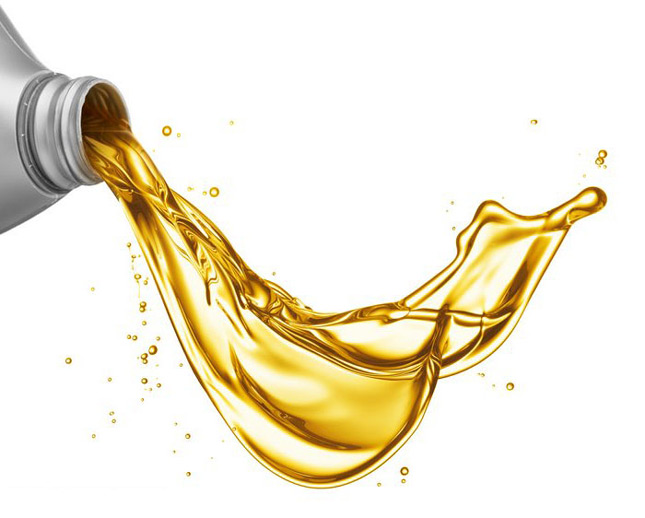 So when you go to get your engine oil, always make sure to check out the material of the engine oil among the MO, SS and FS ones as to which one suits you the best. After the material and the Grade of the oil has been decided is when the choices for you are actually narrowed down and then comes the battle of the best brand.
So when you go to get your engine oil, always make sure to check out the material of the engine oil among the MO, SS and FS ones as to which one suits you the best. After the material and the Grade of the oil has been decided is when the choices for you are actually narrowed down and then comes the battle of the best brand.Keep in mind that no oil is bad, but it all comes down to the individual make, quality and standards the oil fulfills. For that we are going to check out all the standards that the Engine oil has to fulfill for certain certifications to claim for it to be the best.
There are Three Major Standards followed by oil manufacturers globally as follows:
1. API:
API stands for The American Petroleum Institute which was the first to start standardizing the quality of engine oils because of a lot of shoddy quality oils were being sold during that time. API checks for the gravity of weight of the oil to make sure the oil satisfies a certain category. This way the oil is made Compliant to a certain type or class of engines depending upon its results.
2. SAE:
SAE International or the Society of Automotive Engineers was started in the US by a group of professionals as an association to state certain regulatory guidelines about the quality and functioning of the oil. This SAE standard is what is used in grading the oils these days which we have previously explained in the Engine Oil Grading System.
3. JASO:
JASO stands for The Japanese Automotive Standards Organization. It is an organization that sets automotive standards in Japan similar to the SAE in the United States. Many of the Japanese companies were not quite happy with the American Standard and hence they came up with their own standardization which soon became a very universal standard for Engine oils.
Now that we have covered all the basics of what makes an Engine oil what it is, you can very check out the options that you have shortlisted for if they satisfy all the standards, is of the type you want and also is of the recommended grade of your manufacturer and at the end you will have the best engine oil for your vehicle right in your hands. If you have any more information to share with us about Engine oils or have any product specific queries about Engine oils, do shoot it up in the comments down below.API stands for The American Petroleum Institute which was the first to start standardizing the quality of engine oils because of a lot of shoddy quality oils were being sold during that time. API checks for the gravity of weight of the oil to make sure the oil satisfies a certain category. This way the oil is made Compliant to a certain type or class of engines depending upon its results.
2. SAE:
SAE International or the Society of Automotive Engineers was started in the US by a group of professionals as an association to state certain regulatory guidelines about the quality and functioning of the oil. This SAE standard is what is used in grading the oils these days which we have previously explained in the Engine Oil Grading System.
3. JASO:
JASO stands for The Japanese Automotive Standards Organization. It is an organization that sets automotive standards in Japan similar to the SAE in the United States. Many of the Japanese companies were not quite happy with the American Standard and hence they came up with their own standardization which soon became a very universal standard for Engine oils.
By: Pratik Patole


















